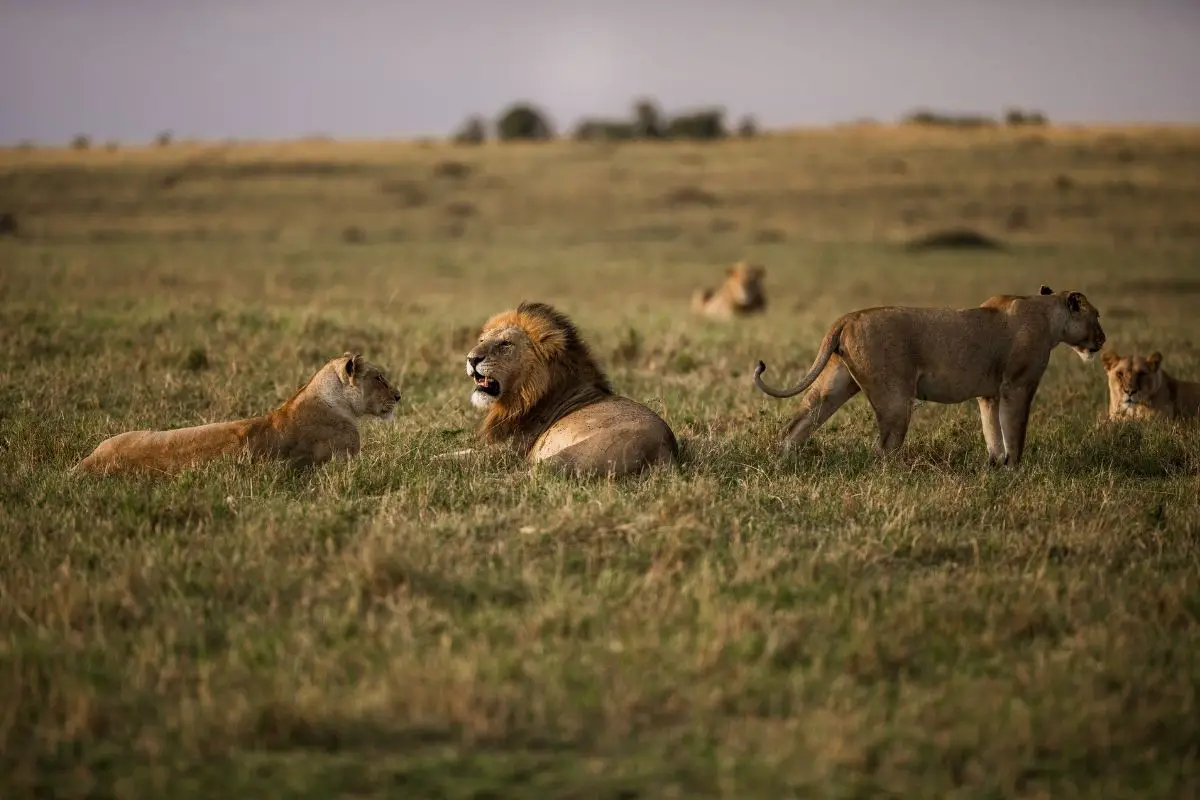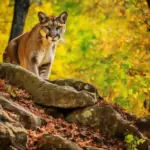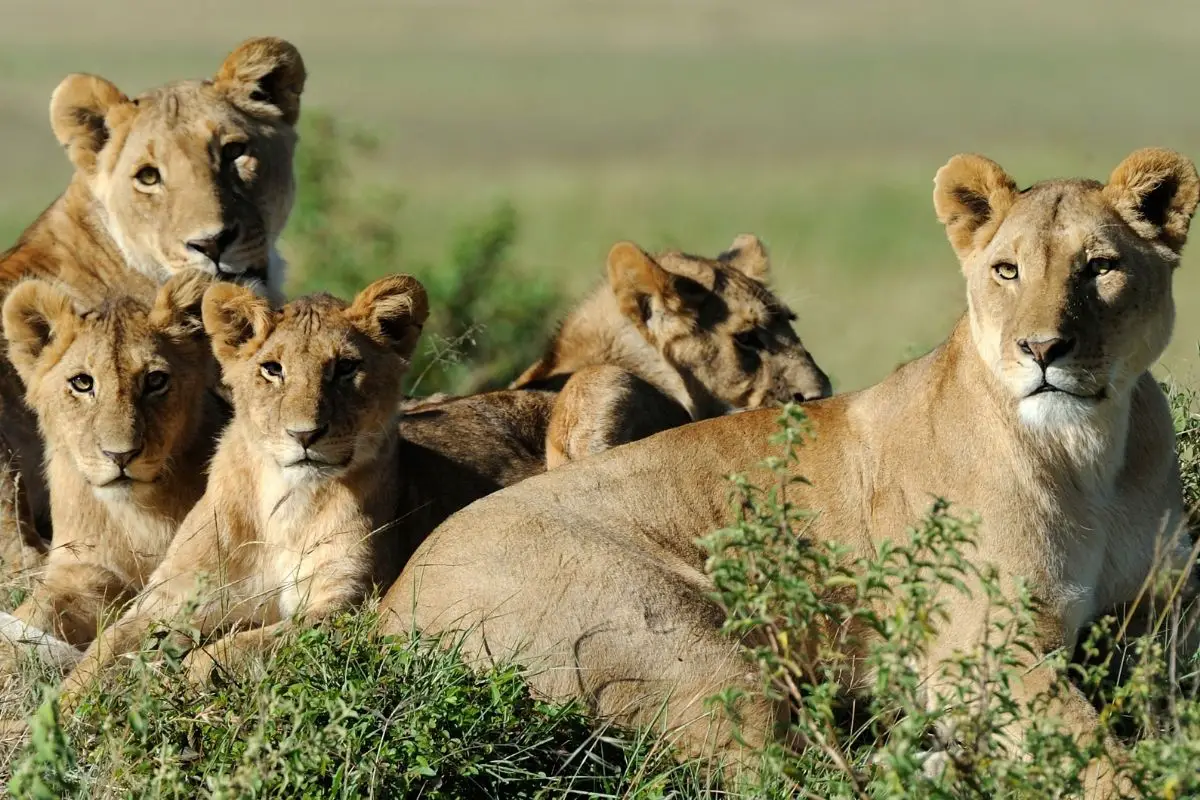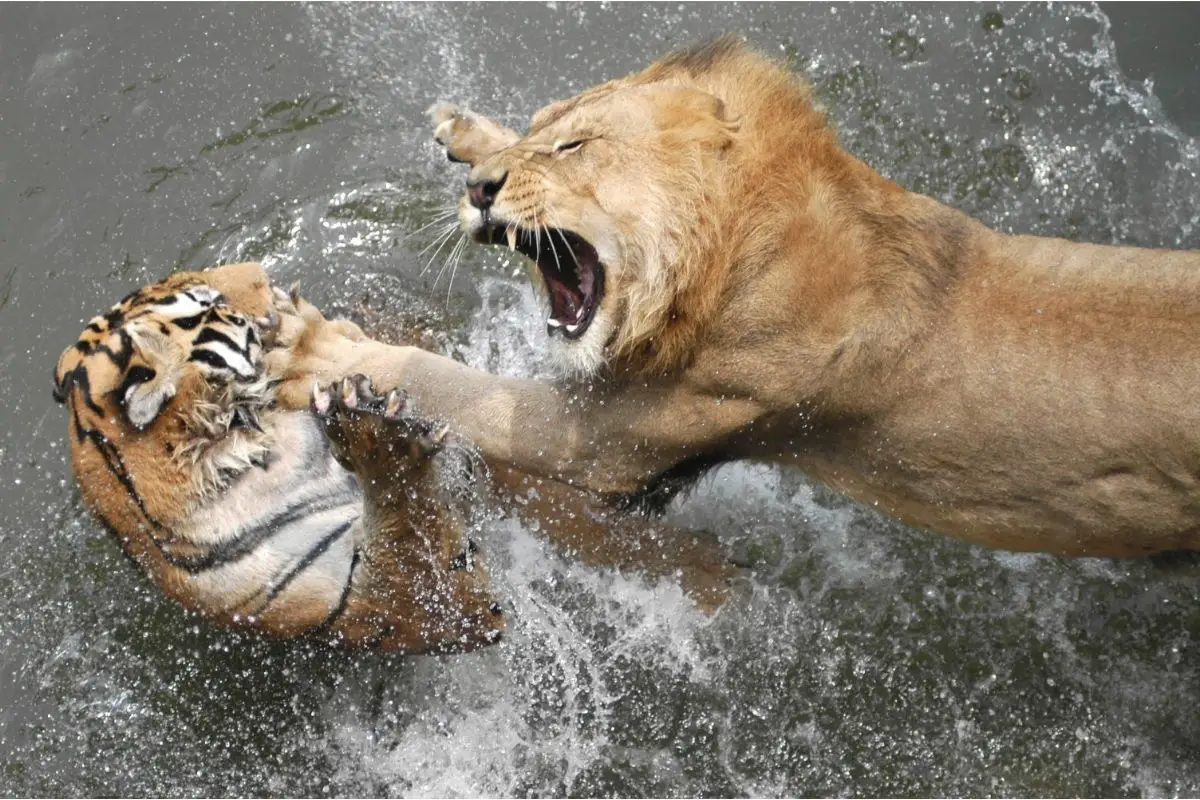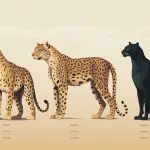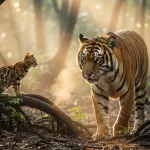Updated: July 2025
We’ve all seen Disney’s The Lion King and fallen in love with Pumbaa, the lovable warthog who befriends Simba alongside Timon the meerkat. But this iconic friendship raises a fascinating question that has sparked countless debates among wildlife enthusiasts.
In the movie, Pumbaa and Timon adopt young Simba and raise him into adulthood. However, many viewers have wondered: wouldn’t Simba naturally hunt Pumbaa in the wild? This question touches on real predator-prey relationships in African ecosystems.
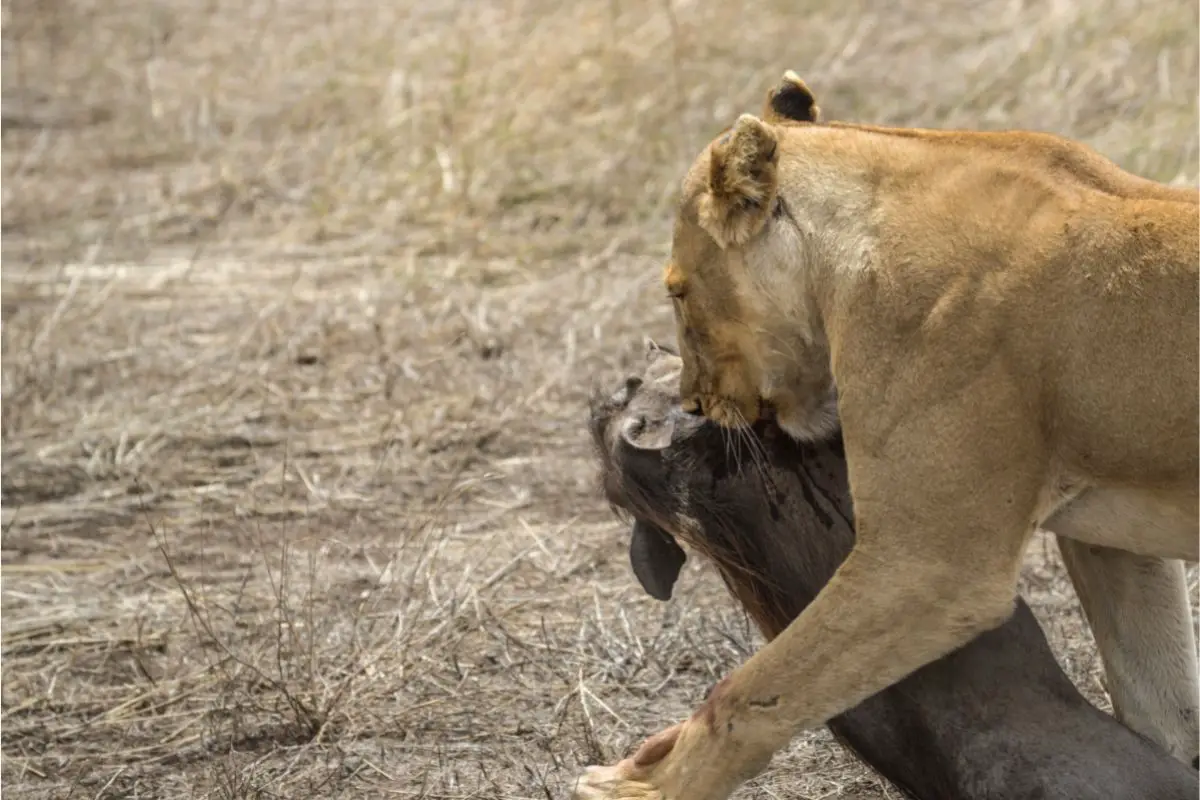
If you’re curious about the reality behind this beloved childhood movie and want to understand how lions actually interact with warthogs in nature, keep reading. We’ll explore lion hunting behavior, warthog defense mechanisms, and separate Disney magic from wildlife facts.
Do Lions Eat Warthogs?
Yes, lions do eat warthogs, but it’s more complicated than you might think. Lions are apex predators with incredibly varied diets, capable of hunting prey ranging from small birds to large buffalo.
Lion Diet and Hunting Preferences
Lions typically prefer larger prey that can feed multiple pride members:
- Primary targets: Zebras, wildebeest, buffalo, and various antelope species
- Prey weight range: 100-650 pounds (45-295 kg)
- Feeding habits: Lions consume about 25% of their body weight in a single meal
Adult warthogs weigh 110-250 pounds (50-113 kg), placing them squarely within a lion’s preferred prey range. However, warthogs aren’t frequently on the menu for two key reasons.
Why Lions Often Avoid Warthogs
1. Warthogs Are Fierce Fighters
Unlike many prey animals that rely solely on flight, warthogs often stand their ground. When cornered, they can be surprisingly aggressive:
- Razor-sharp tusks: Males have tusks up to 6 inches long that can inflict serious wounds
- Defensive behavior: Warthogs will charge lions head-on, using their tusks as weapons
- Risk vs. reward: Lions typically abandon hunts when prey fights back aggressively
This defensive strategy is so effective that many lions will give up rather than risk injury from a warthog’s tusks.
2. Size Doesn’t Justify the Risk
From an energy perspective, warthogs are relatively small compared to other available prey:
- A single warthog might feed one lion for 1-2 days
- A zebra or wildebeest can feed an entire pride for several days
- Hunting efficiency: Lions prefer prey that maximizes energy gain while minimizing risk
When Lions Do Hunt Warthogs
Despite these challenges, certain situations make warthogs attractive targets:
Solitary lionesses often hunt warthogs when:
- Raising cubs alone and need manageable prey
- Separated from the pride during denning season
- Unable to take down larger prey without assistance
Young or inexperienced lions may target warthogs as:
- Practice for developing hunting skills
- Easier prey compared to dangerous buffalo or zebra
Desperate situations when:
- Lions haven’t eaten for several days
- Larger prey is scarce in the territory
- Opportunity presents itself with a vulnerable warthog
Why Doesn’t Simba Eat Pumbaa?
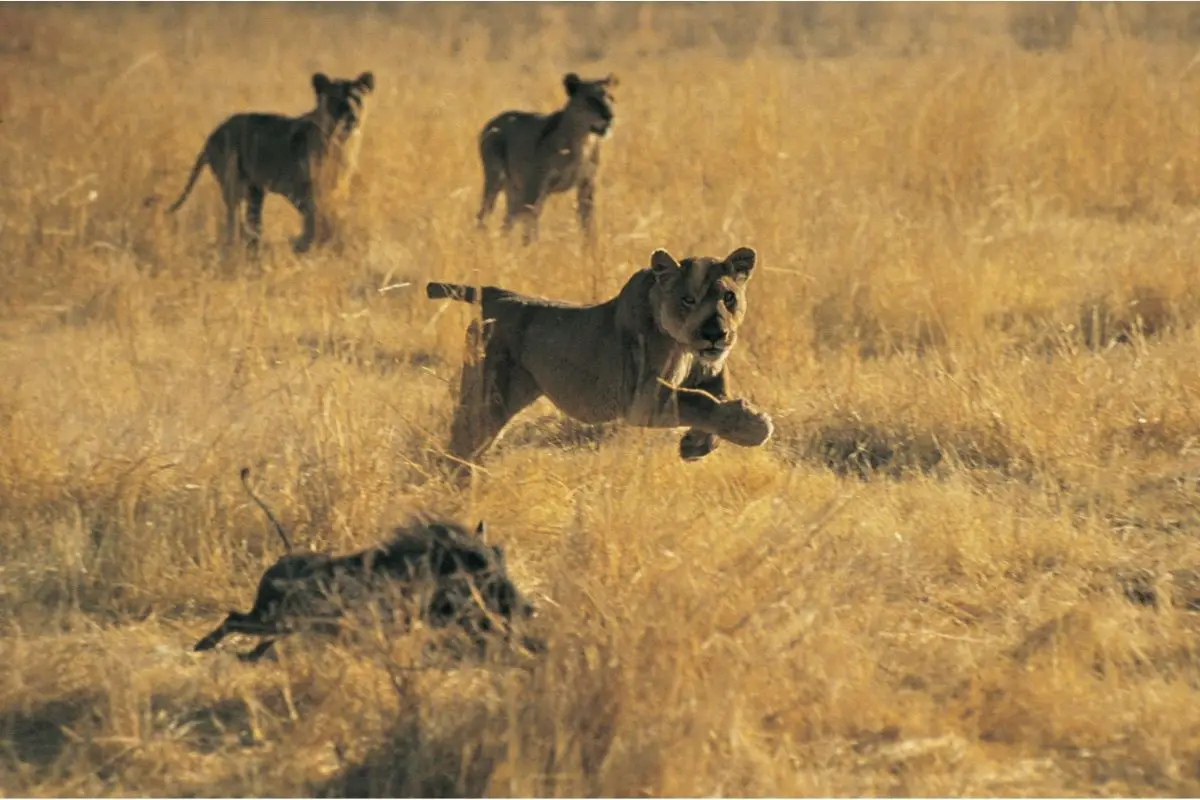
Now that we know lions do hunt warthogs in the wild, why does Disney’s friendship work so well on screen?
The Disney Explanation
The movie provides a creative solution: Simba adopts an insect-based diet under Timon and Pumbaa’s “Hakuna Matata” philosophy. This eliminates his need to hunt mammals, making their friendship possible.
Real-World Reality Check
In nature, this scenario would be impossible:
- Instinctive behavior: Lions have evolved hunting instincts that emerge regardless of upbringing
- Nutritional needs: Lions are obligate carnivores requiring substantial meat portions
- Social dynamics: Even hand-raised lions in captivity retain predatory instincts
Interestingly, Disney does acknowledge this reality when Nala immediately attempts to hunt Pumbaa upon meeting him—because she hasn’t been conditioned to see warthogs as friends.
The Cinematic Truth
The Lion King takes creative liberties with wildlife behavior, and that’s perfectly fine. It’s a story about friendship, responsibility, and growing up—not a wildlife documentary. The impossible friendship between Simba and Pumbaa serves the narrative beautifully.
Fascinating Warthog Defense Mechanisms
To better understand why lions sometimes avoid warthogs, let’s explore their impressive survival strategies:
Physical Defenses
- Speed: Can reach 30 mph (48 km/h) in short bursts
- Agility: Excellent at quick direction changes and dodging
- Tusks: Both males and females have tusks for defense
Behavioral Adaptations
- Burrow retreats: Back into holes with tusks facing outward
- Group coordination: Family groups work together to defend young
- Intimidation displays: Raise manes and charge to appear larger
Conservation Context
Understanding predator-prey relationships helps us appreciate ecosystem balance:
- Warthogs play crucial roles in seed dispersal and soil aeration
- Lions help control herbivore populations, preventing overgrazing
- Both species face habitat loss and human-wildlife conflict in 2025
Supporting conservation efforts helps ensure future generations can observe these magnificent animals in their natural habitats.
Conclusion
Lions absolutely can and do eat warthogs in the wild, though it’s not their preferred prey choice. The combination of warthog defensive capabilities and the availability of larger, more rewarding prey means these encounters are relatively uncommon.
While The Lion King’s friendship between Simba and Pumbaa remains biologically impossible, it serves a beautiful narrative purpose. The movie does subtly acknowledge natural predator-prey relationships through Nala’s initial hunting behavior.
In captivity, warthogs are never fed to lions for ethical and practical reasons. Zoo lions thrive on specially prepared diets of beef, chicken, and nutritionally balanced alternatives that meet their dietary needs without requiring live prey.
The magic of Disney lies not in biological accuracy, but in teaching us about friendship, loyalty, and acceptance—values that transcend species boundaries, even if only in our imaginations.
- Bengal Cat vs Wild Bengal Tiger: Complete Comparison 2025 - October 31, 2025
- Complete Wild Cat Spotting Guide for Hikers 2025 - October 31, 2025
- Lynx vs Bobcat: Complete Field Identification Guide 2025 - October 30, 2025


